Current
XQC
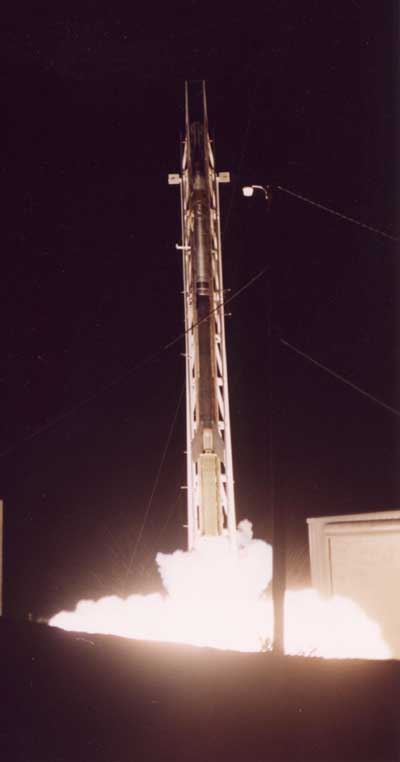 The X-ray Quantum Calorimeter (XQC) project is a joint effort between the University of Wisconsin and Goddard Space Flight Center to resolve the spectrum of the soft (<1 keV) X-ray background using an array of micro-calorimeters. These micro-calorimeters, which operate at a temperature of 60 mK, provide an energy resolution of less than 10 eV at 1/4 keV. The XQC detector has been successfully launched two times in a sounding rocket from the White Sands Missile Range in New Mexico. Read More...
The X-ray Quantum Calorimeter (XQC) project is a joint effort between the University of Wisconsin and Goddard Space Flight Center to resolve the spectrum of the soft (<1 keV) X-ray background using an array of micro-calorimeters. These micro-calorimeters, which operate at a temperature of 60 mK, provide an energy resolution of less than 10 eV at 1/4 keV. The XQC detector has been successfully launched two times in a sounding rocket from the White Sands Missile Range in New Mexico. Read More...
TES
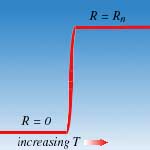 Superconducting TES calorimeters operate in the transition region between the normal and superconducting states of a metal film. TES's can be engineered with a critical temperature near any convenient temperature. Additionaly, TES's outperform semiconductor calorimeters. We stand on a cliff overlooking the future of x-ray astronomy, and that cliff is the sharp transition shown at left
Superconducting TES calorimeters operate in the transition region between the normal and superconducting states of a metal film. TES's can be engineered with a critical temperature near any convenient temperature. Additionaly, TES's outperform semiconductor calorimeters. We stand on a cliff overlooking the future of x-ray astronomy, and that cliff is the sharp transition shown at left
Chandra
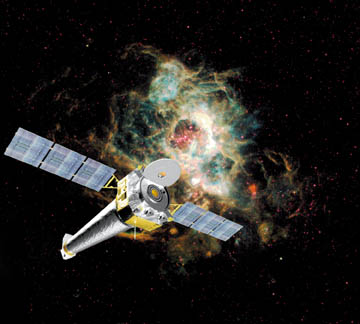 Members of our group are involved in the reduction of data from the Chandra x-ray observatory. Specifically, we study data from face-on spiral galaxies similar to the Milky Way. By studying the diffuse emission from other nearby galaxies we hope to understand more about the hot interstellar plasma in our galaxy.
Members of our group are involved in the reduction of data from the Chandra x-ray observatory. Specifically, we study data from face-on spiral galaxies similar to the Milky Way. By studying the diffuse emission from other nearby galaxies we hope to understand more about the hot interstellar plasma in our galaxy.
Future
HIMS
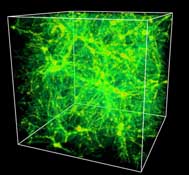 Hot Intergalactic & Interstellar Medium Spectroscopy Mission: This mission intends to study the role of warm and hot gas in the evolution of large-scale structures in the universe and galaxies. Of particular interest are the extended halos of warm/hot gas around clusters of galaxies that may contain the 'missing' baryonic mass in the local universe.
Hot Intergalactic & Interstellar Medium Spectroscopy Mission: This mission intends to study the role of warm and hot gas in the evolution of large-scale structures in the universe and galaxies. Of particular interest are the extended halos of warm/hot gas around clusters of galaxies that may contain the 'missing' baryonic mass in the local universe.
Spectrum X Gamma
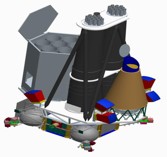 A multi-national project consisting of the survey device eROSITA, as well as the X-Ray Quantum Calorimeter. The satellite will perform a six-month high resolution all-sky survey, as well as a four year pointed phase. The pointed phase will investigate certain scientific aspects such as galaxy formation.
A multi-national project consisting of the survey device eROSITA, as well as the X-Ray Quantum Calorimeter. The satellite will perform a six-month high resolution all-sky survey, as well as a four year pointed phase. The pointed phase will investigate certain scientific aspects such as galaxy formation.

